Hidden food cost hitting hundreds of thousands of Aussies
Australians are fed up with the rising cost of living when it comes to food but one group is being hit harder than most at the checkout.
COMMENT
It’s no secret that the weekly cost of groceries is higher than ever before.
Every person I know is feeling the pinch. But, there is a large group of Aussies who are getting an even rawer end of the deal.
If you don’t know what coeliac disease is, I am envious. I was diagnosed with the auto-immune condition that meant I was allergic to gluten products such as wheat, rye and barley in June 2021 after six months of blinding migraines and vomiting after every meal.
Around one-in-70 Aussies are coeliac and four out of five have no idea they have it.
My diagnosis was incredibly upsetting as gluten is in so many things. There is the obvious — think pasta and bread, but gluten is also in so many sauces and flavourings.
I had to learn a new way to cook and how to stand up for myself at restaurants when asking if something was safe to eat.
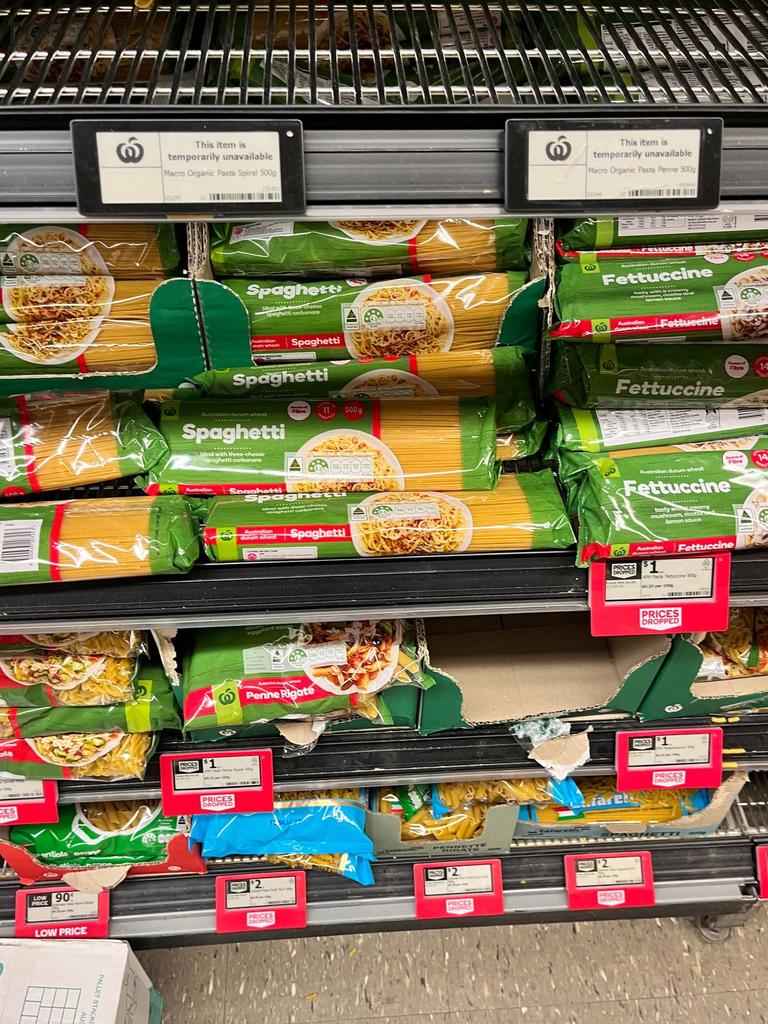
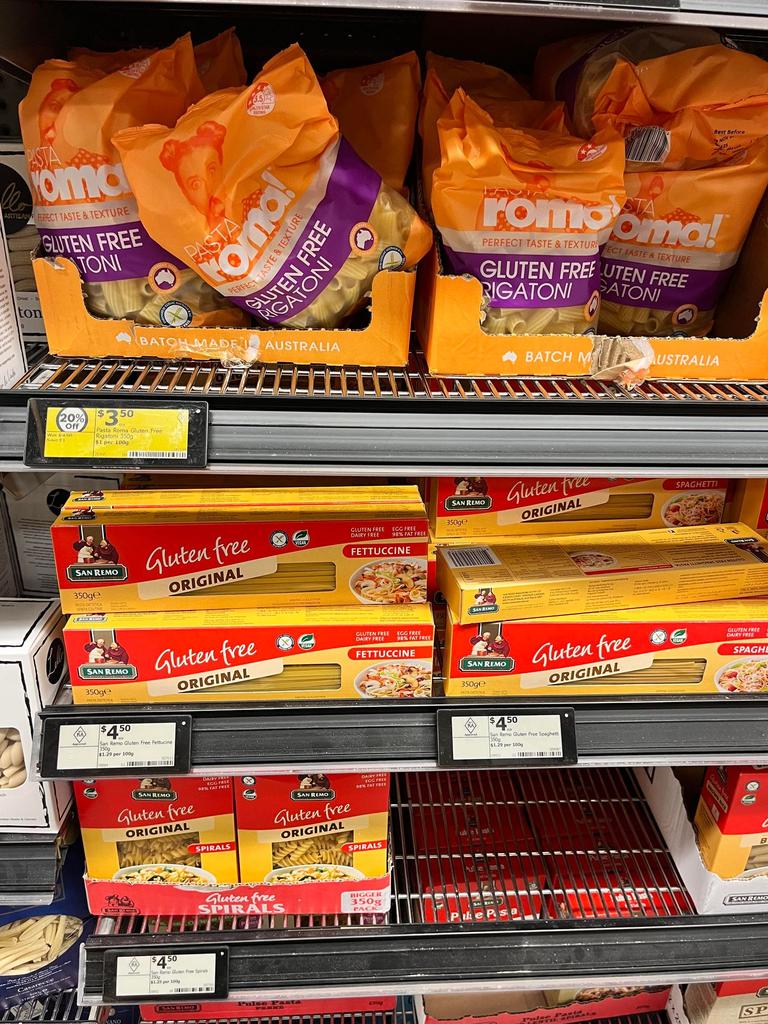
What I didn’t expect was what I’d be forking out at the cash register to have a more exciting diet than meat, vegetables and rice.
I remember one vivid occasion where I was just so angry about the additional cost of being a coeliac.
A friend was over and we were ordering a pizza, which was already more than $25.
To have a gluten free base — not even one that guaranteed no cross contamination — it was an additional $8. I was livid.
I know it may only seem like a small amount but think about making that substitution every time you go out for breakfast, or to an Italian restaurant. It adds up.
That’s not even considering the grocery costs if I wasn’t coeliac.
I could buy a 500g bag of Woolworths brand pasta in whatever shape I could imagine for $1. But no, instead I am buying a 350g Macro Organic Gluten Free Penne from Woolworths for $3.70. That is the cheapest on offer.
At Coles, if I just wanted a loaf of white bread I could get 650g bag of the generic brand for $2.40 or a 700g Tip Top bag for $4.40. As a coeliac, for a Tip Top The One Gluten Free White 550g bag I am paying $7.
Pasta and bread are staple items, in my opinion, and yet for a smaller portion I am paying more.
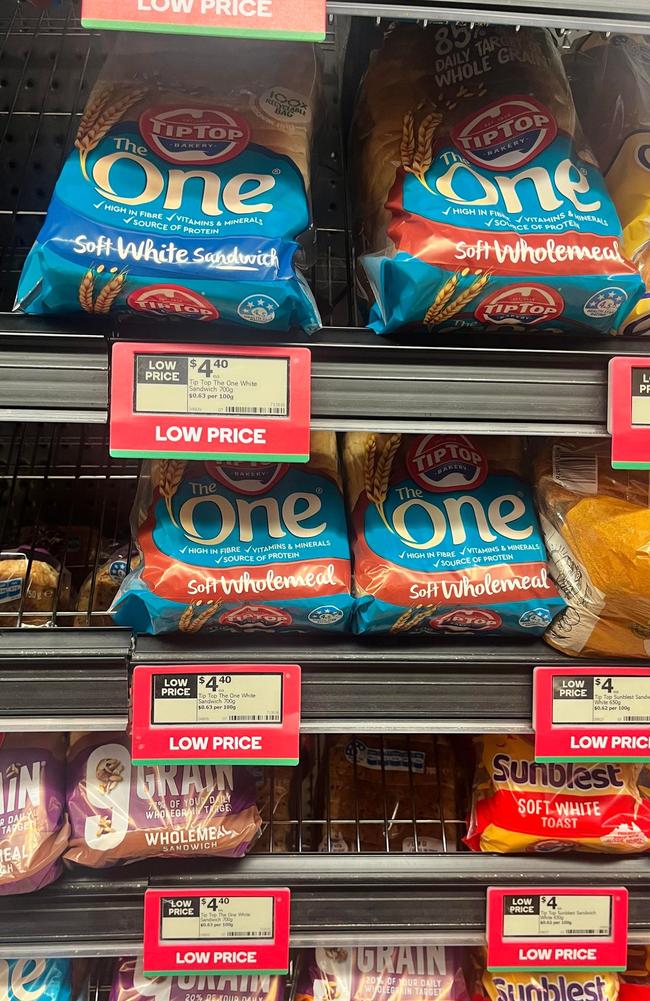
When I am feeling lazy and just want to chuck something in the airfryer, Coles Frozen Chicken Breast Nuggets cost $4.40 for a 400g box. The gluten free version, on special at the moment, costs $6.50 for the same size, but typically retail at $8.
Don’t even get me started on snacks. These prices aren’t just one supermarket having a laugh or one brand charging a bit extra. It is across the board.
You may think I am having a whinge and should just zip my lips and pay up, but I feel like I am being punished for a condition I can’t help. And I am not the only one.
TikTok user @han_fitzy often posts about her life as a coeliac, and she jokingly put up a clip about being able to afford a helipad if she didn’t have to “pay for gluten free groceries, the additional cost to eat gf at restaurants, $8 for a loaf of bread and a bunch of check-up appointments”.
Another content producer, @glu.tenfreegoodness, said she popped into Coles and wanted to show people the price difference between basic items.
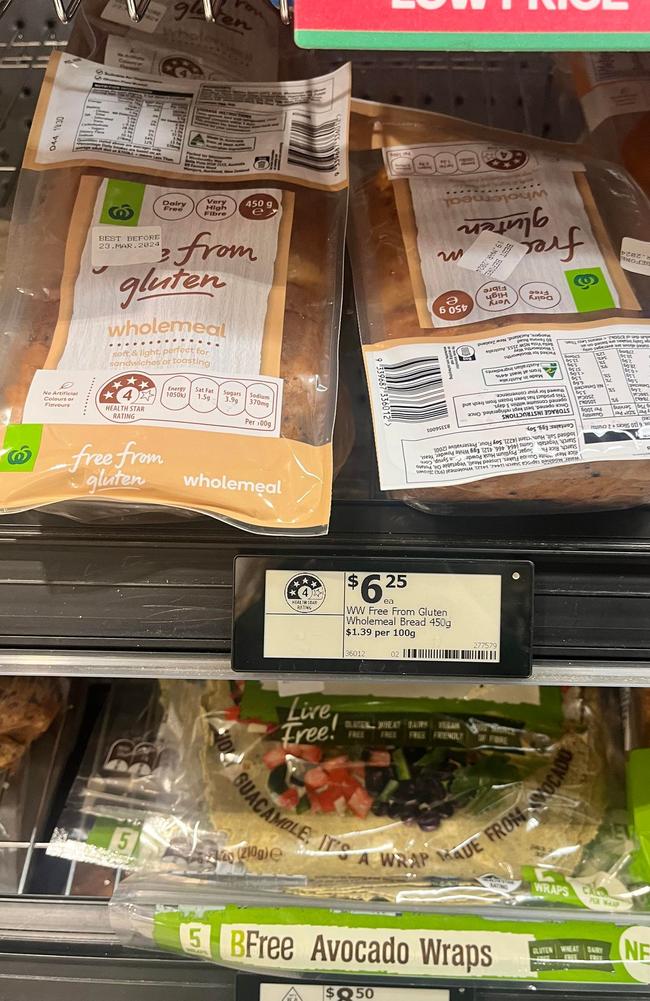
“It just perplexes me that there is such a price difference between a normal product and the gluten free version that we are forced to eat due to our health,” she said, adding she wasn’t having a whinge but trying to educate people.
In her family-of-four, half are coeliac and so the family has to buy both versions of the products.
One of her examples was Kellogg’s Rice Bubbles. The gluten free version was 350g for $7, where the regular version was 100g more and on special for $5.40.
Research conducted by health brand GluteGuard, which helps protect against symptoms of accidental gluten consumption, with YouGov in December last year showed that a third of coeliac-sufferers can’t afford to buy gluten free products because they are too expensive and 29 per cent have had to forego other essentials in order to afford gluten free food.
How is this even acceptable? Coeliac disease isn’t an allergy like dairy where you can avoid one food group because it is in everything or a lifestyle choice like veganism or paleo.
I get why it may be slightly more expensive, I do. I’m not totally insane. You need a completely separate production line that has no chance of cross contamination and that costs money. But I am consistently paying more for less – sometimes three times more.
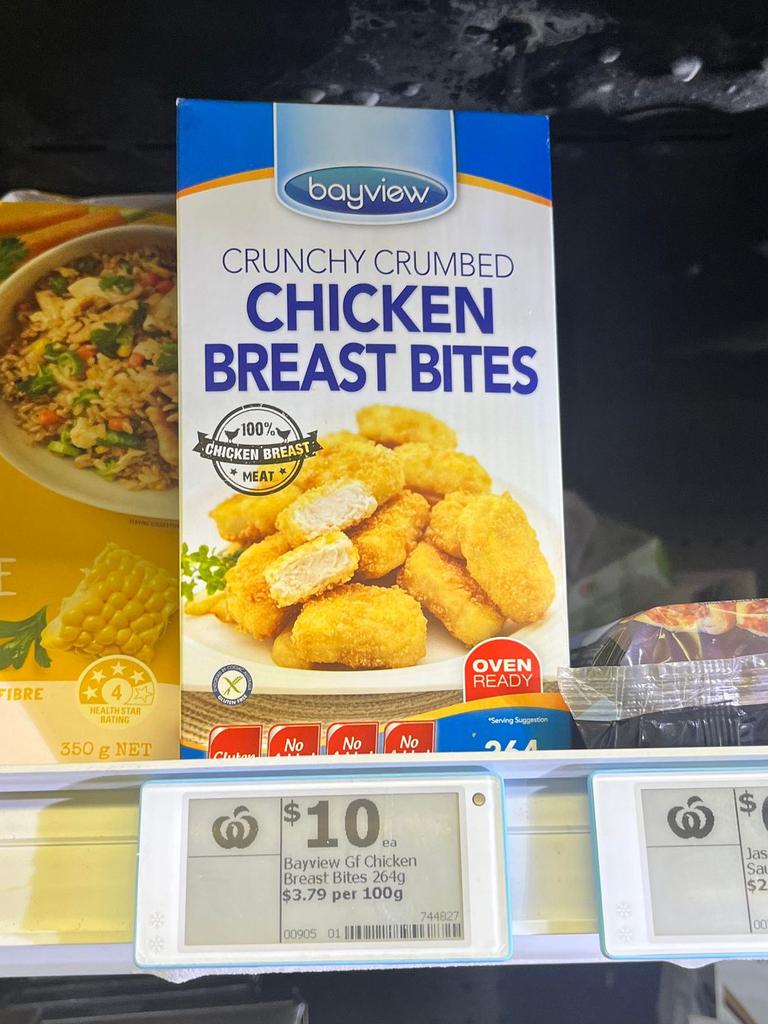
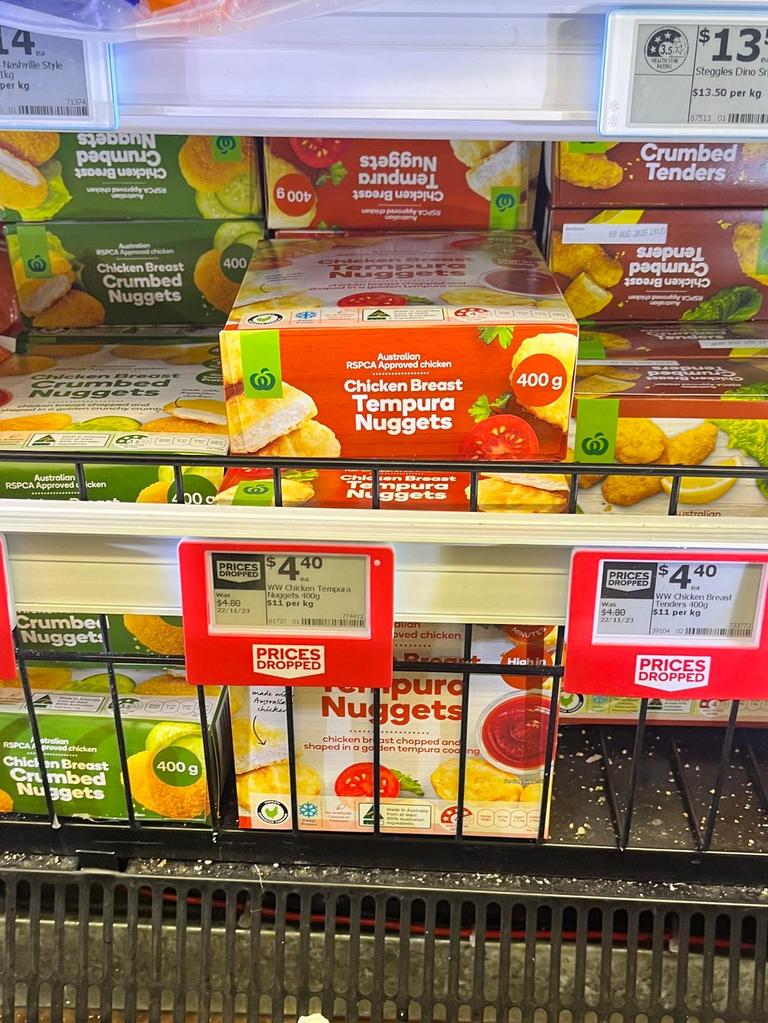
In countries such as Scotland you get a prescription that helps cover some of the basics every month such as bread and pasta. In Wales and Italy, coeliacs are given are a subsidy to help cover the higher costs.
Dr Kim Faulkner-Hogg, an advanced accredited practising dietitian. said of the research: “This research has revealed just how unaffordable a gluten-free diet has become for many Australians and the increased stress and pressure that it is putting on this group. For those with medically diagnosed gluten related disorders it isn’t a choice to eat foods without gluten – it’s a must.
“Yet the survey shows that many are cutting costs in other areas to be able to eat properly, or they are forgoing gluten-free foods. It’s risky to do this. That’s why educating yourself on how to shop for cost-effective gluten-free foods is important. With some planning and research, finding ways to lower costs and eat well, is possible.”
Australians are fed up with grocery prices rising.
March 13 marks the start of Coeliac Awareness Week. And all I want is to do is be able to buy pasta and bread at the same price as everyone else in the country.






